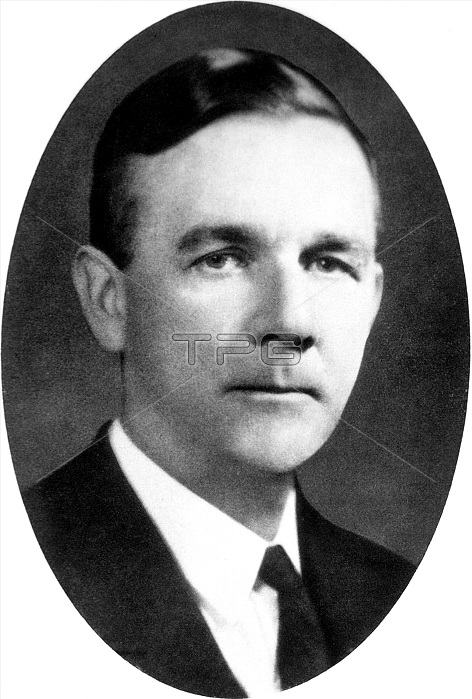
George Hoyt Whipple (1878-1976) was an American physician, pathologist, biomedical researcher, and medical school educator and administrator. He attended medical school at the Johns Hopkins University from which he received the M.D. degree in 1905. After graduation. Whipple worked in the pathology department at Hopkins until he went to Panama, during the time of the construction of the Panama Canal, as pathologist to the Ancon Hospital in 1907-1908. Whipple was the first person to describe an unknown disease he called lipodystrophia intestinalis because there were abnormal lipid deposits in the small intestine wall and correctly pointed to the bacterial cause of the disease in his original report in 1907. The condition has since come to be called Whipple's disease. Whipple's main research was concerned with anemia and with the physiology and pathology of the liver. In 1921 he became Professor and Chairman of Pathology and the founding Dean of the new School of Medicine and Dentistry at the University of Rochester. He served the School as the Dean until 1954 and remained at Rochester for the rest of his life. In 1934 he won the Nobel Prize for his discovery that liver fed to anemic dogs reverses the effects of the anemia. This remarkable discovery led directly to successful liver treatment of pernicious anemia by Minot and Murphy. He died in 1976 at the age of 97.
| px | px | dpi | = | cm | x | cm | = | MB |
Details
Creative#:
TOP22160658
Source:
達志影像
Authorization Type:
RM
Release Information:
須由TPG 完整授權
Model Release:
No
Property Release:
No
Right to Privacy:
No
Same folder images:

 Loading
Loading